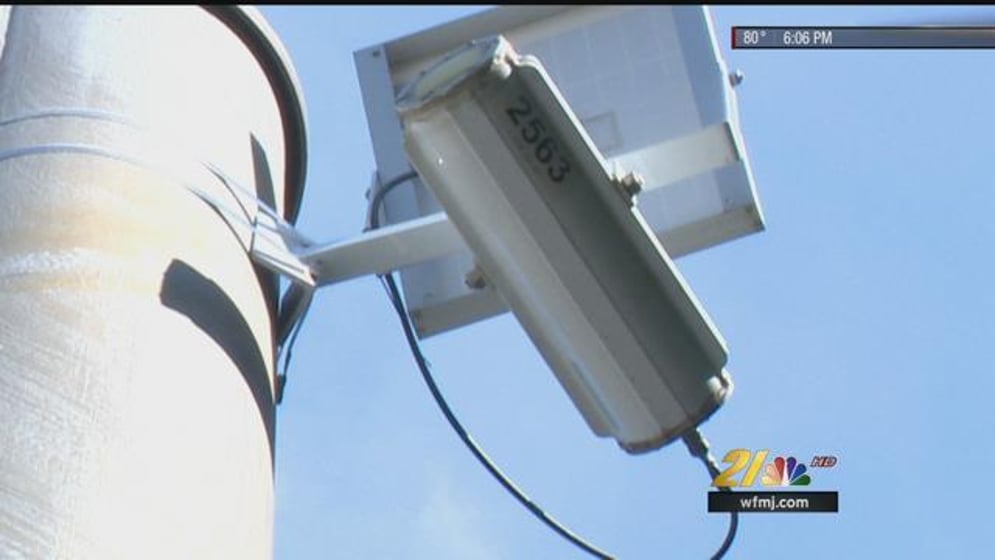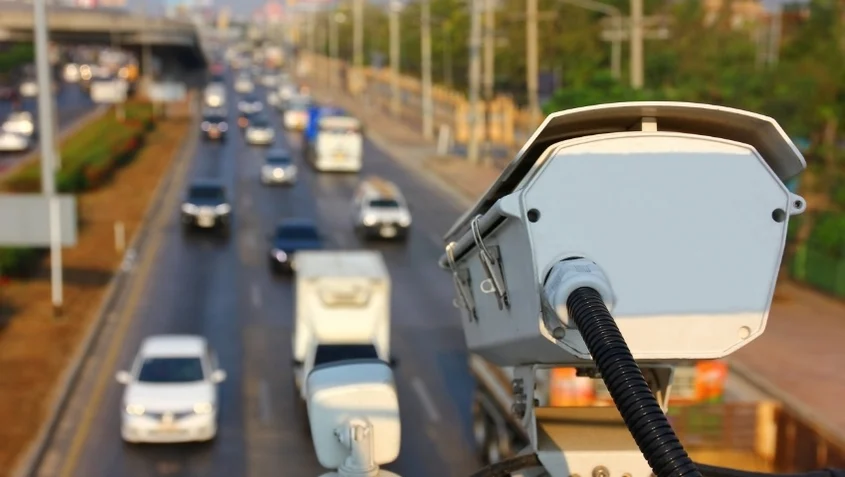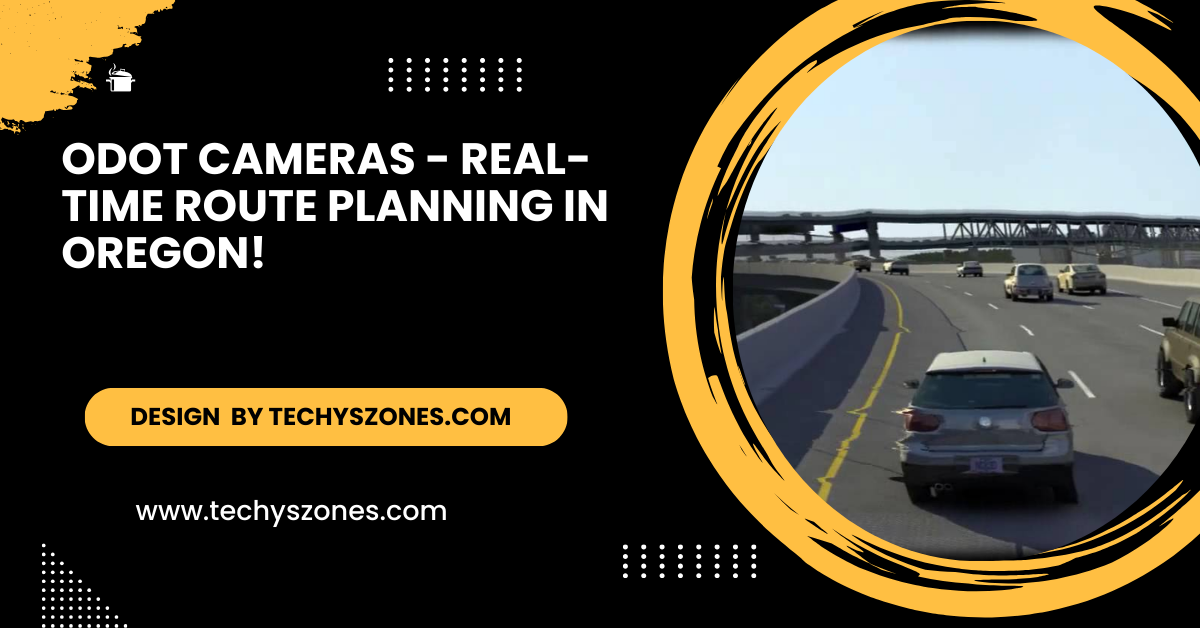Odot Cameras – Real-Time Route Planning in Oregon!
ODOT cameras monitor real-time traffic, weather, and road conditions across Oregon, helping enhance road safety and improve traffic management.
In this article, we’ll explore the Oregon Department of Transportation (ODOT) cameras, essential tools for road safety and efficient traffic management across Oregon. These cameras monitor and provide live feeds from highways, interstates, and major roads, making travel safer and more predictable. Whether you’re a commuter, truck driver, or traveler, understanding how ODOT cameras work and how to access their footage can greatly enhance your driving experience.
What Are ODOT Cameras?

ODOT cameras are strategically placed surveillance cameras that monitor real-time traffic conditions, road incidents, and weather conditions across Oregon’s road network. Operated by the Oregon Department of Transportation, these cameras are part of a larger traffic management system designed to improve public safety and keep Oregon’s roadways efficient and accessible.
How Do ODOT Cameras Work?
ODOT cameras continuously capture live video footage from Oregon’s highways, interstates, and other major roads. This footage is transmitted directly to the ODOT Traffic Management Center, where it’s monitored by trained personnel who oversee traffic flow, detect accidents, and assess hazardous conditions. By monitoring these live feeds, ODOT can quickly respond to incidents, deploy emergency responders if needed, and inform the public of any significant traffic delays, closures, or weather-related road conditions.
Unlike security or surveillance systems, ODOT cameras are not designed to record or store footage; their primary function is to provide real-time updates. This immediate information is crucial for keeping drivers informed of potential issues on the road, enabling them to make safer and more informed travel decisions.
Where Are ODOT Cameras Located?
ODOT cameras are positioned at high-traffic areas, interchanges, and critical points along highways. Major locations include:
- I-5: Covering cities like Portland, Salem, and Eugene.
- I-84: Providing views from Portland to the eastern border near Idaho.
- US 26 and OR 217: For traffic in suburban areas and important regional routes. These cameras are often installed near bridges, tunnels, and mountainous areas, where weather and traffic can change rapidly.
Also Read: Arlo Pro 3 Floodlight Camera – Key Features and Benefits for Home Security!
Benefits of Using ODOT Cameras:
- Traffic Updates: Real-time access to traffic conditions allows drivers to make informed route decisions, avoiding traffic jams and incidents.
- Weather Alerts: Many cameras are installed in areas prone to adverse weather, giving drivers immediate visual confirmation of road conditions.
- Safety: With live information, drivers can plan around hazards like fog, snow, or landslides, promoting safer travels.
- Incident Management: ODOT can quickly deploy resources to accidents, stalled vehicles, or other road disruptions, minimizing delays.
How to Access ODOT Camera Feeds:

ODOT cameras are accessible to the public through several platforms:
- ODOT TripCheck Website: The primary hub for viewing live ODOT camera feeds, accessible at tripcheck.com.
- Mobile Apps: ODOT offers apps for Android and iOS, where users can access the same real-time camera feeds and alerts.
- Local News Websites: Some regional news outlets also feature ODOT camera feeds during traffic reports and weather updates.
Using ODOT Cameras for Road Trips:
Planning a road trip in Oregon? ODOT cameras are a valuable resource that can make your journey smoother, safer, and more enjoyable. By viewing live feeds along your intended route, you can check for traffic congestion, construction zones, or any incidents that might cause delays. This is particularly helpful during the winter months when weather conditions can be unpredictable and potentially dangerous in higher elevations or mountain passes.
Snow, ice, and fog are common challenges, and with ODOT cameras, you can get a real-time look at these areas before heading out. This means you can plan alternative routes if needed, anticipate any necessary stops, or adjust your timing to avoid hazardous conditions. Additionally, for scenic drives, the cameras allow you to check visibility and road conditions, ensuring you’ll be able to safely enjoy Oregon’s beautiful landscapes without unexpected disruptions.
ODOT Camera Technology and Features:
ODOT utilizes advanced camera technology to maximize the effectiveness of its traffic monitoring:
- High-Resolution Imaging: Most cameras offer clear visuals, enabling accurate assessment of road conditions.
- Weather-Resistant Equipment: Built to withstand Oregon’s varied weather, these cameras operate in rain, snow, and heat.
- 24/7 Operation: ODOT cameras operate round-the-clock, providing real-time information anytime it’s needed.
Also Read: Pinhole Camera – A Beginner’s Guide to Lens-Free Photography!
Are ODOT Cameras Used for Enforcement?
ODOT cameras are dedicated exclusively to traffic management and public information. These cameras are not used to enforce traffic laws, meaning they don’t issue speeding tickets or monitor red-light violations. Instead, they provide real-time updates on traffic flow, road hazards, and weather conditions, promoting safer and more efficient travel.
Their main purpose is to enhance public safety and support commuters by offering valuable insights into current road situations, helping drivers make better travel decisions across Oregon’s highways and major roads.
Future of ODOT Cameras:
ODOT continues to enhance its traffic monitoring system by adding more cameras and integrating newer technologies, such as AI-powered traffic analysis and improved communication with emergency responders. These innovations are expected to further improve Oregon’s traffic management, safety, and road efficiency.
FAQ’s
1. What are ODOT cameras used for?
ODOT cameras monitor road conditions, providing live feeds that improve road safety, help manage traffic, and assist travelers in planning safe, efficient routes.
2. How can I access live footage from ODOT cameras?
You can access ODOT camera feeds through the ODOT TripCheck website, which provides real-time updates on traffic, weather, and road conditions.
3. Are ODOT cameras available statewide in Oregon?
Yes, ODOT cameras cover major highways, interstates, and key roads across Oregon to support safe and informed travel.
4. Can ODOT camera footage help with travel planning?
Absolutely! The live feeds help travelers view current road and weather conditions, enabling them to plan safer and more efficient trips.
5.Do ODOT cameras operate 24/7?
Yes, ODOT cameras operate around the clock, providing continuous monitoring and updates to help maintain road safety at all hours.
Conclusion:
In conclusion, ODOT cameras play a crucial role in enhancing road safety, providing live updates on traffic and weather conditions across Oregon. By offering real-time insights, these cameras help commuters, truck drivers, and travelers make informed decisions, leading to safer and more efficient travel. Accessible through ODOT’s TripCheck website, this system empowers drivers to navigate Oregon’s roads with greater confidence and preparedness.







